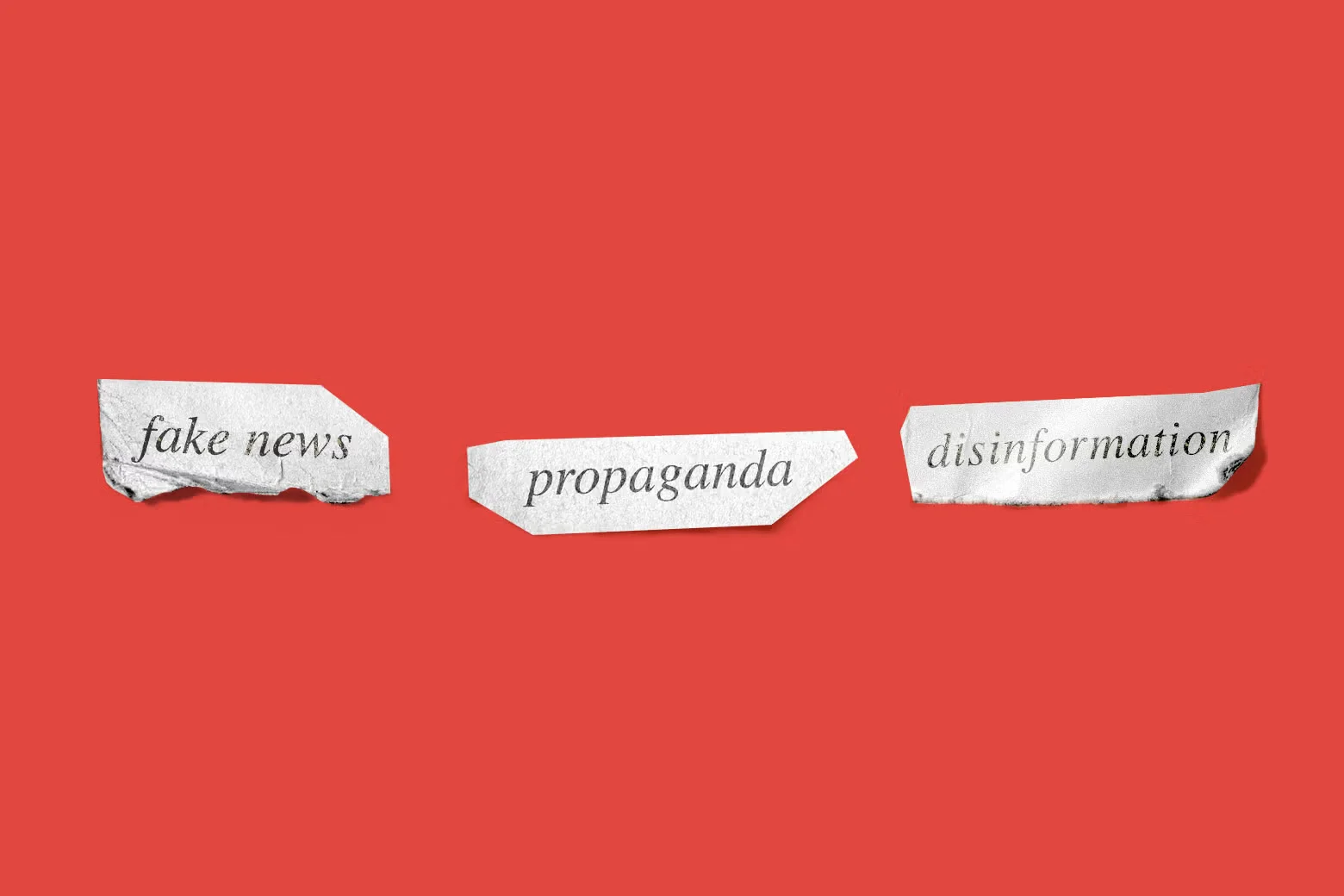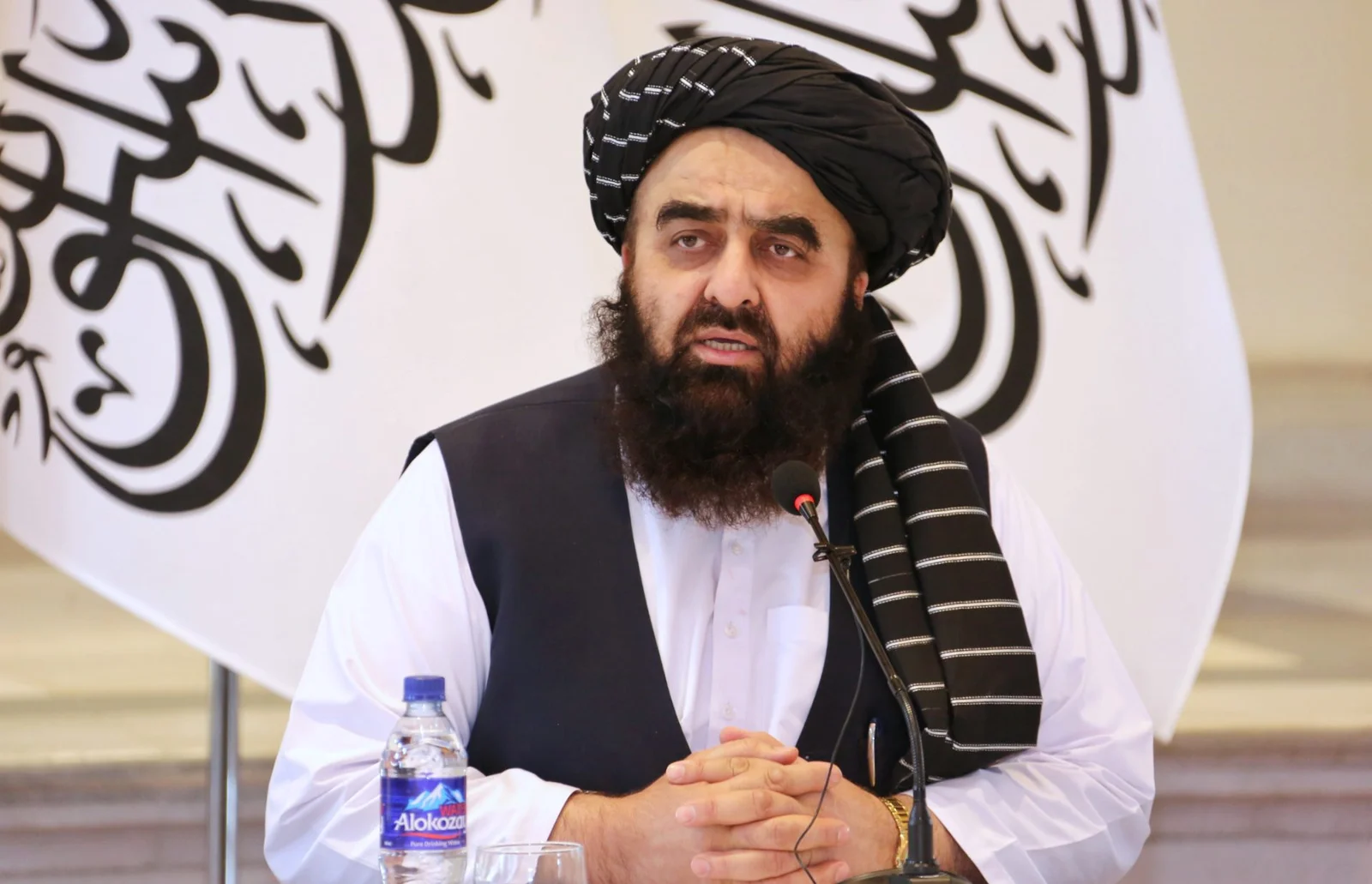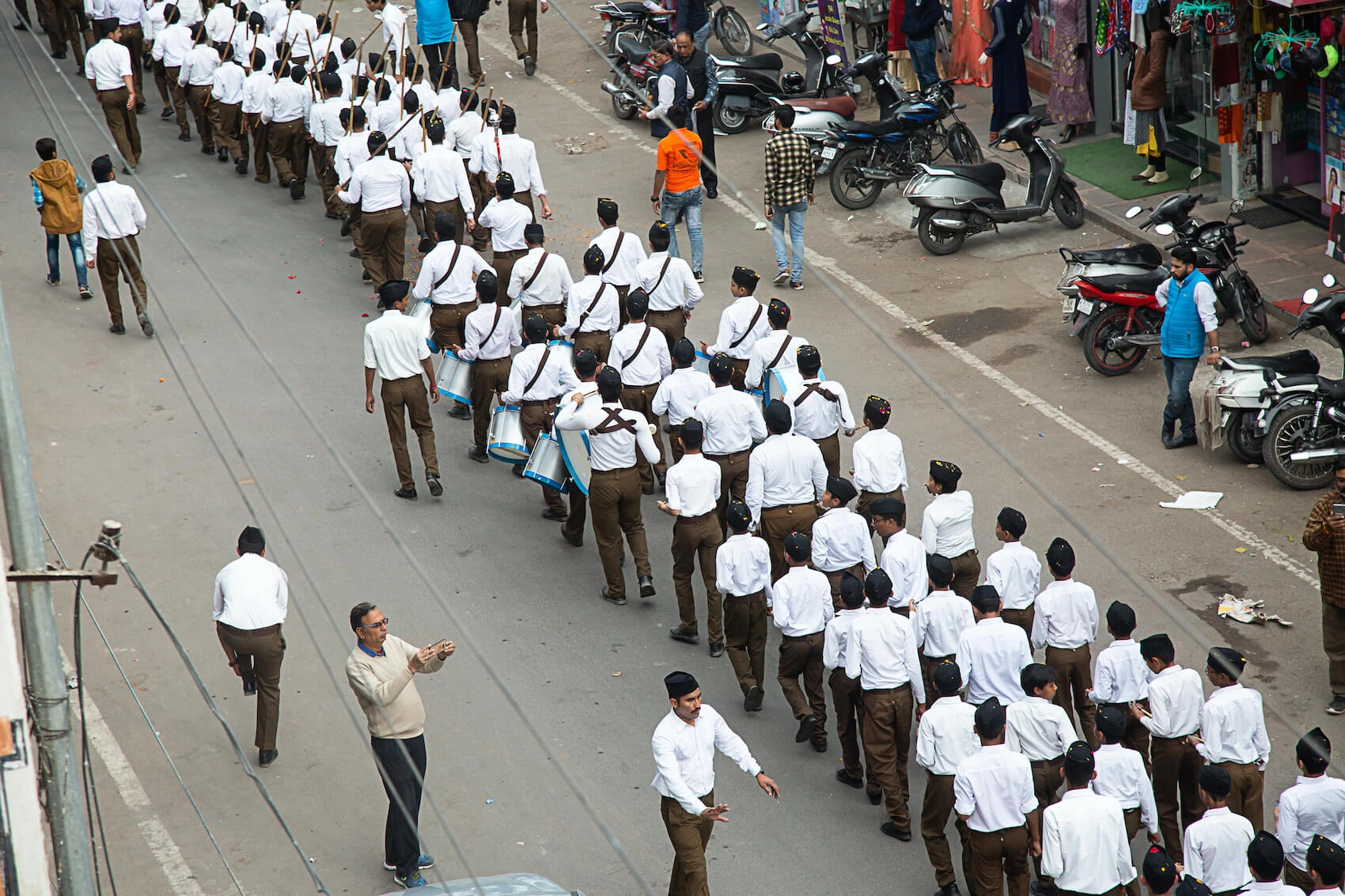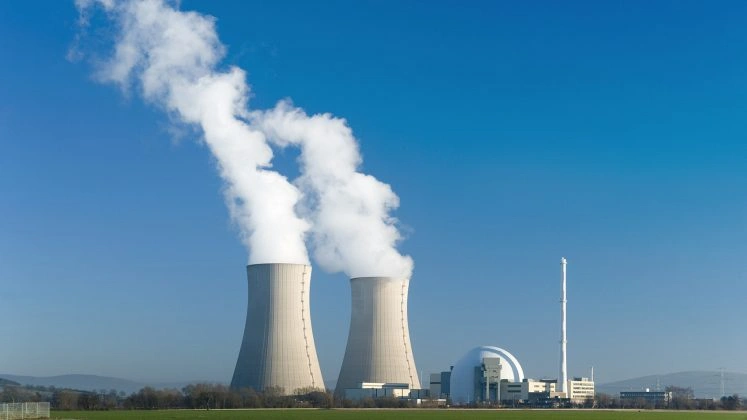Sri Lanka’s foreign debt has risen sharply since 2010, hitting 88 percent of the country’s GDP in 2019. The global recession caused by the COVID-19 pandemic intensified the crisis, and by 2021, the country’s foreign debt had risen to 101 percent of its GDP, precipitating an economic collapse. Political parties have organized several protests, requesting the present Gotabaya administration to fix the financial issue and resign immediately due to the economic catastrophe. Recently, the protests have become so violent that the protesters chanting “Go home Gota, go home!” and “Gota is a dictator” have tried to attack the private residence of the Srilankan President yesternight. In consequence, a curfew has been imposed in Colombo. The police have also labeled the protestors as ‘organized extremists’ spreading chaos amid the worsening Sri Lankan economic crisis. This crisis is also manifested in the decline in the foreign reserves since President Rajapaksa took office in 2019, going from $7.5 billion to $2.1 billion at the end of February 2022.
Sri Lanka: An Economic Emergency
The Sri Lankan government resorted to using reserves to artificially hold the rupee below 200. This plan worked well until the government ran out of dollars, at which point it erupted, rising from 200 LKR to 280 LKR in a matter of days.
The shortage of U.S. dollars in the country led to a ripple effect on the prices of most ESSENTIAL food items and raw materials.
Policymakers struggled with the dual challenge of managing overseas debt repayments while meeting domestic needs. In September, Sri Lankan President Gotabaya Rajapaksa issued an economic emergency. It authorized the federal government to seize control of the supply of basic food goods and set prices in order to keep soaring inflation under control, which reached 14.2% in January.
Sri Lanka’s Debt Pile
Colombo borrowed billions from China between 2005 and 2015, amassing a pile of debt.
After failing to keep up with payments, it was obliged to hand the port of Hambantota to a Chinese corporation. Beijing, on the other hand, kept increasing its lending. The island nation’s tourism-dependent economy was struck another hit by Covid-19, adding to the debt burden. The financial burden caused by the pandemic had been enormous, with government revenues being put under severe strain since the major revenue-generating tourist sector had been essentially on hold since early 2020. Remittances from migrant workers also took a massive hit. In September, Sri Lankan President Gotabaya Rajapaksa issued an economic emergency. It authorized the federal government to seize control of the supply of basic food goods and set prices in order to keep soaring inflation under control, which reached 14.2% in January.
Turning Towards IMF
The typical approach to a catastrophic Balance of Payments situation like this is to seek IMF assistance. In fact, the IMF was created specifically to help nations in dealing with the Balance of Payments problems. Despite this, the Sri Lankan government declined to seek IMF aid or restructure debt. Because the government is resolute about not soliciting IMF help, they were searching for other ways to address the economic situation. Import restrictions were insufficient to close the external financial deficit, given the severity of the crisis. Sri Lanka needed to enhance its influx of foreign funds.
Sri Lanka’s Aides
In light of this, the Sri Lankan government began to seek assistance from two global rivals: India and China. Sri Lanka has had significant economic relationships with both of these nations for decades; in particular, economic ties with China grew stronger in the last 20 years, with China emerging as Sri Lanka’s largest bilateral lender and FDI investor.
The Sri Lankan government’s decision to seek financial aid from China and India was most likely due to their reticence to implement the IMF-mandated economic reforms.
Obtaining IMF aid would entail modifying most of the Rajapaksa government’s economic policies and implementing economic reforms. However, such criteria differ from those advised by other lenders, because China’s and India’s objectives are primarily geopolitical, as opposed to the IMF’s economic goals.
Chinese Debt Trap
Despite the sensationalist portrayal of Sri Lanka as more than just a victim of a Chinese “debt trap,” the country’s economic problems extend well beyond China. Deep-seated economic difficulties that have gone untreated for decades are to blame for the country’s economic predicament. Sri Lanka continues to borrow from the foreign capital market by issuing ISBs rather than dealing with these challenges. By the end of 2021, ISBs accounted for 36% of Sri Lanka’s outstanding foreign debt stock, whereas China accounted for just roughly 14% of the overall public debt.
China’s Belt and Road Initiative is widely criticized due to Sri Lanka’s economic collapse and lease of Hambantota port.
But Sri Lanka’s debt trap is primarily the result of domestic policy decisions and Western lending and monetary decisions, not the Chinese government’s policies. China’s assistance to Sri Lanka was focused on encouraging investment rather than a debt-for-asset swap. In actuality, the tale of Hambantota Port is one of political and economic ineptitude, aided by sloppy administration and poor risk management on both sides.
The views expressed in this article are the author’s own. They do not necessarily reflect the editorial policy of the South Asia Times.

![Sri Lankan protesters storm PM Ranil Wickremesinghe 's office, demanding he resign [Rafiq Maqbool/AP]](https://southasiatimes.org/wp-content/uploads/2022/04/383712639.webp)




